Gish by The Smashing Pumpkins
Buy Gish Gish is the debut album by alternative rock band Smashing Pumpkins, released independently in 1991. The album was co-produced by Butch Vig and recorded in his studio in Madison, Wisconsin. The […]
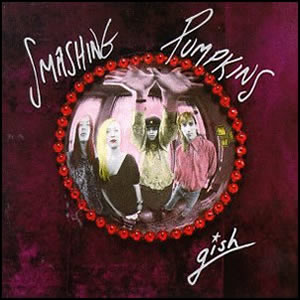
Buy Gish Gish is the debut album by alternative rock band Smashing Pumpkins, released independently in 1991. The album was co-produced by Butch Vig and recorded in his studio in Madison, Wisconsin. The […]
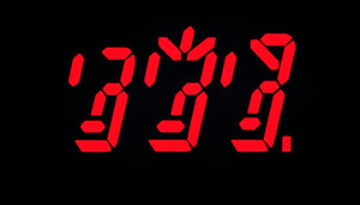
Buy Ghost In the Machine Ghost in the Machine is the fourth album by The Police and the first to actually use an English title, albeit the title was borrowed from the Albert […]
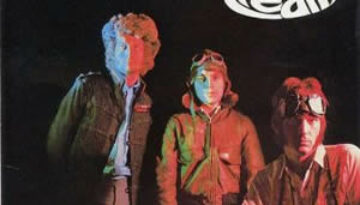
Buy Fresh Cream The British blues-rock trio Cream was, perhaps, the first to be deemed a “super group”. Their 1966 debut, Fresh Cream was produced by Robert Stigwood and includes a true fusion […]
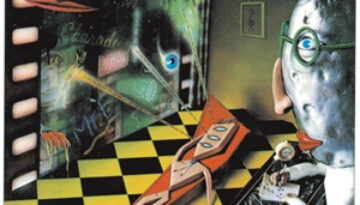
Buy Freeze Frame Freeze Frame is a confluence album, where a hard-working band with vast longevity in the bag reaches their heights towards the sunset of their career. It is a work that […]
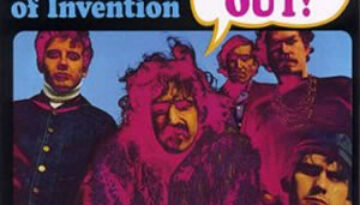
Buy Freak Out! In one of his last interviews, Frank Zappa said, “sounds are for people to listen to,” while summing up all the different types of instruments and objects he used to […]
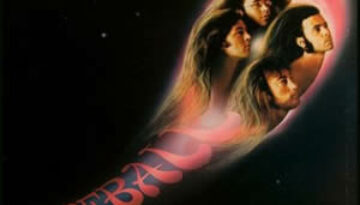
Buy Fireball I started this review planning to explain how this album set up Deep Purple for its, presumptively superior masterpiece, 1972’s Machine Head. But the more I’ve listened to Fireball in preparation […]
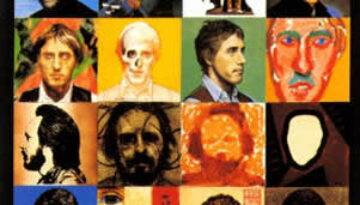
Buy Face Dances Face Dances was the ninth album from the legendary band The Who but their first without drummer Keith Moon, who died of an overdose shortly after the release of their […]
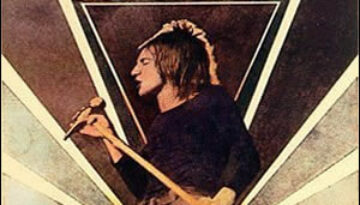
Buy Every Picture Tells a Story With his solo album, Every Picture Tells a Story, Faces lead singer Rod Stewart produced a unique and entertaining album, albeit strange in many ways. The album […]
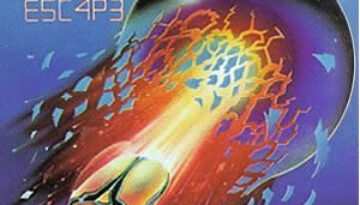
Buy Escape Rarely does a band become more successful after one of its founders and leader departs from the group. Greg Rollie was the original lead singer, keyboardist, and overall and heart and […]
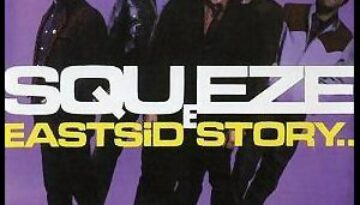
Buy East Side Story East Side Story is the fourth studio album by Squeeze, released in 1981. The album signified a break with the band’s traditional “new wave” sound towards more divergent styles […]